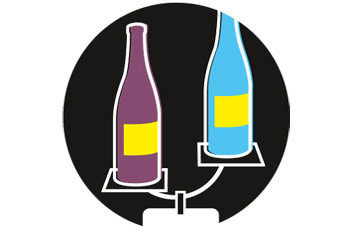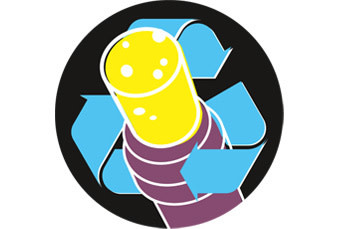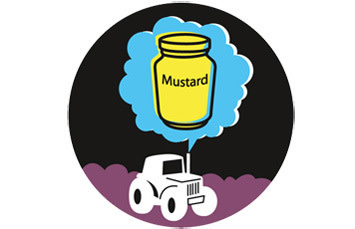Pinot Green

OREGON’S FAMED pinot noir grapes are notoriously fickle. The purple-hued fruit ripens best at a seasonal average of 57 to 61.5 degrees Fahrenheit, but that range is proving more and more elusive. As of 2006, the average temperature during the Willamette Valley’s grape-growing season—April to October—now falls between 59 and 63.5 degrees. No small concern when you’re talking about a crop that hauled in more than $200 million last year alone. To do their part to combat the rising mercury, Oregon vintners have launched a collaborative effort called the Carbon Neutral Challenge, meant to foster creative carbon-slicing ideas for their industry. Here’s a look at what a few of them are up to.
Willamette Valley Vineyards, Turner

Annual production: 120,000 cases
Aluminum screw caps are all the rage among wineries these days, but a recent study by a French environmental firm discovered that those twist-offs have a cost: aluminum production creates up to twice as much carbon as good ol’ cork. To get the word out about cork’s earth-loving traits, Willamette Valley Vineyards started up Cork Reharvest, a cork recycling and education program, in 2008. Cork Reharvest’s cork recycling stations can now be found in Whole Foods stores across the country.
King Estate Winery, Eugene
Annual production: 179,000 cases
Billed as “the world’s largest contiguous organic vineyard,” King Estate now employs hundreds of weed-munching sheep to replace five fuel-chugging tractors. Additionally, a battalion of more than 20 trained owls and red-tailed hawks fly above King Estate’s 1,033 acres, scouring for rodents and grape-robbing starlings. The vineyard’s Animal Farm approach to crop maintenance saves an estimated 12,000 gallons of gas each year.

Left Coast Cellars, Rickreall
Annual production: 5,000 cases
Left Coast draws 90 percent of its electricity from two 40-foot-tall solar panels. But when it comes to powering farm implements, the winery called up Oregon State University for help. In 2008, with the school’s guidance, they began growing camelina, an oil-rich member of the mustard family, on-site. By 2012, the vineyard hopes to process the plants into biodiesel to power its tractors and trucks.
Sokol Blosser Wineries, Dayton
Annual production: 65,000 cases
The first LEED certified winery in the country, Sokol Blosser is busy designing a wine bottle that weighs just 16 ounces—about half the weight of the current version—thus reducing the processing and raw materials it takes to make the vessels. Meanwhile, the winery has constructed a 5,100-square-foot underground wine cellar, complete with a living roof—a three-foot-thick layer of earth and wildflower ground cover—that cools up to 11,000 cases of wine naturally.



